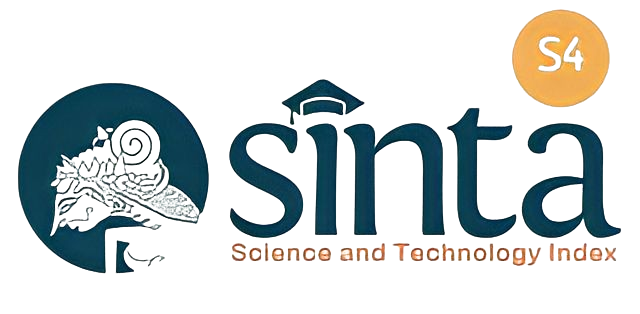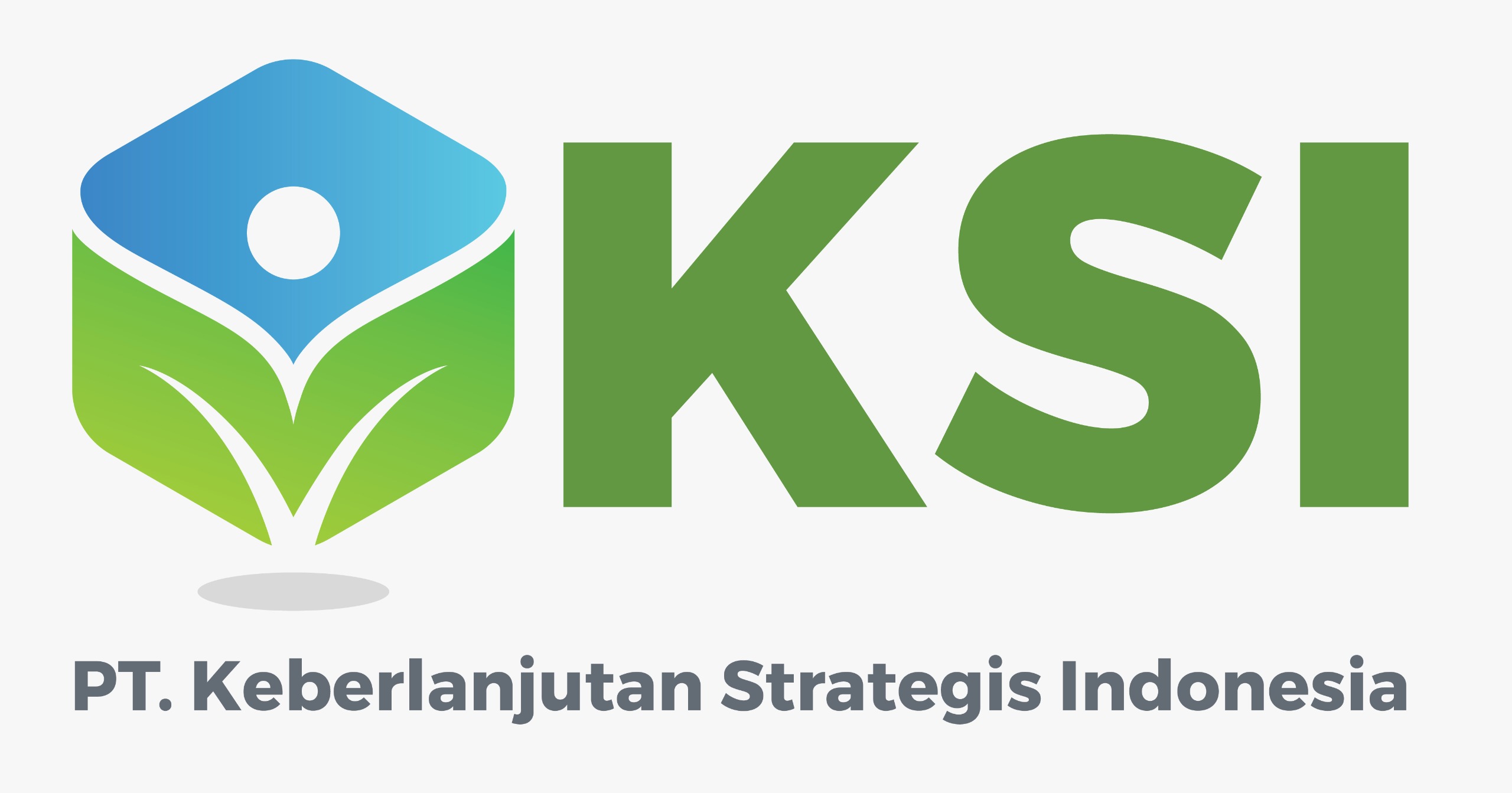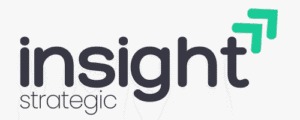Application-Based Siger Tourism Design As a Solution Program for Tourism Development in Post-Pandemi Lampung Province
DOI:
https://doi.org/10.38142/jtep.v3i2.645Keywords:
COVID-19, Tourism, Siger TourismAbstract
Tourism is one of the most important economic sectors in Indonesia, this is evidenced by the large number of domestic and foreign tourists who come to visit Indonesia, according to data from the Indonesian Central Bureau of Statistics in September 2019 there were 1,388,719. However, after the COVID-19 pandemic, the number of tourist visits decreased by -88.95%, where as of September 2020, according to the Central Bureau of Statistics, the number of foreign tourists was only 153,498. Siger Tourism is an android-based application that aims to assist the Lampung Provincial government in attracting interest and increasing the number of tourism visits which have decreased significantly after the COVID-19 pandemic. In addition, this program also aims to help local MSMEs around tourist sites and in the Province. Lampung. This scientific writing uses a qualitative method that is literature study, namely the technique of collecting data and information through various literature or references. Siger Tourism as a tourism application media that is suitable for use by the community because it provides information about tourism and also introduces the history of these tourist attractions as an educational event for tourists. Siger Tourism has several features, namely log in menus, tourist destinations, restaurants, markets, lodging, maps and call center features. So that this can help tourists, MSME actors, and the government to increase the economic value of the community. The Siger Tourism design is a tourism development solution program in the province of Lampung during the post-pandemic period.
References
Dinas Pariwisata & Ekonomi Kreatif Provinsi Lampung. (2016). “Gambaran Umum Pariwisata Lampung”.
Effendi, D., Syukri, F., Subiyanto, A. F. & Utdityasan, R. N. (2016). Smart City Nusantara Development through the Application of Penta Helix Model (A Practical Study to Develop Smart City Based on Local Wisdom). In 2016 International Conference on ICT for Smart Society (ICISS) (pp. 80-85). IEEE. https://doi.org/10.1109/ICTSS.2016.7792856
Hidayah, N., Hapsari, D. W., Adi, K., Saputra, K., Ari, N., Dharmawan, S., & Yadiati, W. (2023). Can Institutional Good Governance and Intellectual Capital Affect University Quality?? International Journal of Economics and Management, 17(July), 251–261.
Jamal, T. B., & Getz, D. (1995). Collaboration Theory and Community Tourism Planning. Annals of Tourism Research, 22(1), 186–204. https://doi.org/10.1016/0160-7383(94)00067-3
Mahdi, S. A. R., Prihatiningtias, Y. W., & Baridwan, Z. (2023). Moderation of Political Pressure on the Determinants of Audit Quality in the Public Sector?: A Study of BPK Auditors for the Maluku and North Sulawesi Regions. Australasian Accounting Business and Finance Journal, 17(4), 60–72.
Manurung, D. T. H., & Rachmat, R. A. H. (2019). Impact of ISO 14001 Implementation and Financial Performance on Corporate Social Responsibility Disclosure (Study on 2014-2016 Non-Financial Companies). Jurnal Manajemen, XXIII (51), 207–222. https://doi.org/10.2991/aicar-18.2019.29
Muda, Y. D., Toda, H., Andayana, M. N. D., & Lake, P. (2023). The Role of the COVID-19 Handling Task Force (Covid-19 Task Force) in Ngada District. Journal of Tourism Economics and Policy, 3(1), 62–69. https://doi.org/10.38142/jtep.v3i1.558
Nurulwahida, S. (2020). Kolaborasi Tata Kelola Pemerintahan Model Pentahelix dalam Pengembangan Wisata Haritage Kajoetangan di Kota Malang (Doctoral dissertation, Universitas Muhammadiyah Malang).
Nyoman, S. P. (2001). “Ilmu Pariwisata." Sebuah Pengantar Perdana. Jakarta: PT Pradnya Paramita.
Putra, C., Ade, I., & Augie, D. M. (2011). "Perancangan dan implementasi e-tourism pada sistem informasi pariwisata Salatiga."Jurnal Teknologi Informasi 8, no. 1 76-88.
Rostiyati, A. (2013). Potensi Wisata di Lampung dan Pengembangannya. Patanjali. https://doi.org/10.30959/patanjala.v5i1.185
Saragih, L., & Hermanto, D. (2023). The Effect Of Implementation Of DMO And DPO On Indonesian Palm Oil Exports. Journal of Tourism Economics and Policy, 3(1), 22–30. https://doi.org/10.38142/jtep.v3i1.544
Sundari, A., Rozi, A. F., Bilgies, A. F., Muhajir, A., & Anggraini, N. M. (2023). Financial Performance Analysis Using Economic Value Added and Market Value Added Methods. Journal of Tourism Economics and Policy, 3(1), 42–48. https://doi.org/10.38142/jtep.v3i1.546
Surayya, S., Nurdin, D., Kasim, M. Y., Muslimin, M., & Kadang, J. (2023). Ownership Structure Of The Capital Market Earning Management Model: A Meta-Analysis Study. Journal of Tourism Economics and Policy, 3(1), 11–21. https://doi.org/10.38142/jtep.v3i1.543
Sujana, E., & Dharmawan, N. A. S. (2023). Audit Quality Improvement and the Role of Risk: Audit as a Moderator. Australasian Accounting, Business and Finance Journal, 17(4), 213–228. https://doi.org/10.14453/aabfj.v17i4.14
Tumimomor, C. A., Saerang, D. P. E., & Kapojos, P. M. (2022). Evaluation Of The Implementation Of Government Internal Control Systems On Collection Of Rural And Urban Land And Building Taxes In Southeast Minahasa District. Journal of Governance, Taxation and Auditing, 1(2), 182–187. https://doi.org/10.38142/jogta.v1i2.478
Turambi, F. M., Sondakh, J. J., & Budiarso, N. S. (2022). The Influence Of The Level Of Taxpayer Compliance On Motor Vehicle Tax Revenue In The Regional Revenue Agency Of North Sulawesi Province Year 2019-2021. Journal of Governance, Taxation and Auditing, 3(1), 187–195. https://doi.org/10.38142/jogta.v1i2.480
Tri. (2019). Model Penta helix dalam Pengembangan.
Yudawisastra, H. G., Manurung, D. T. H., & Husnatarina, F. (2018). Relationship Between Value Added Capital Employed, Value Added Human Capital , Structural Capital Value Added and Financial. Investment Management and Financial Innovations, 15(22), 222–231. https://doi.org/10.21511/imfi.15(2).2018.20
Downloads
Published
Issue
Section
License
Copyright (c) 2023 Saepudin SAEPUDIN, Rahmawati RAHMAWATI, Ajeng PRATIWI

This work is licensed under a Creative Commons Attribution-NonCommercial 4.0 International License.
Creative Commons Attribution-NonCommercial 4.0 International License.























